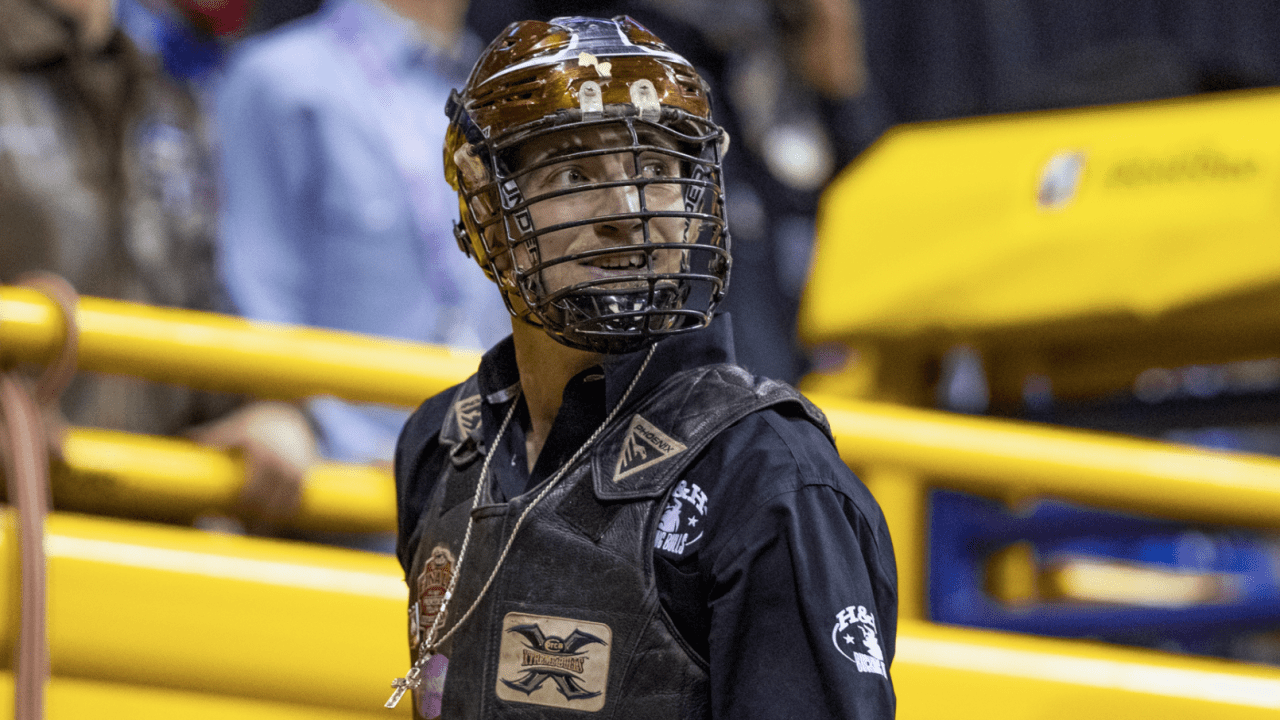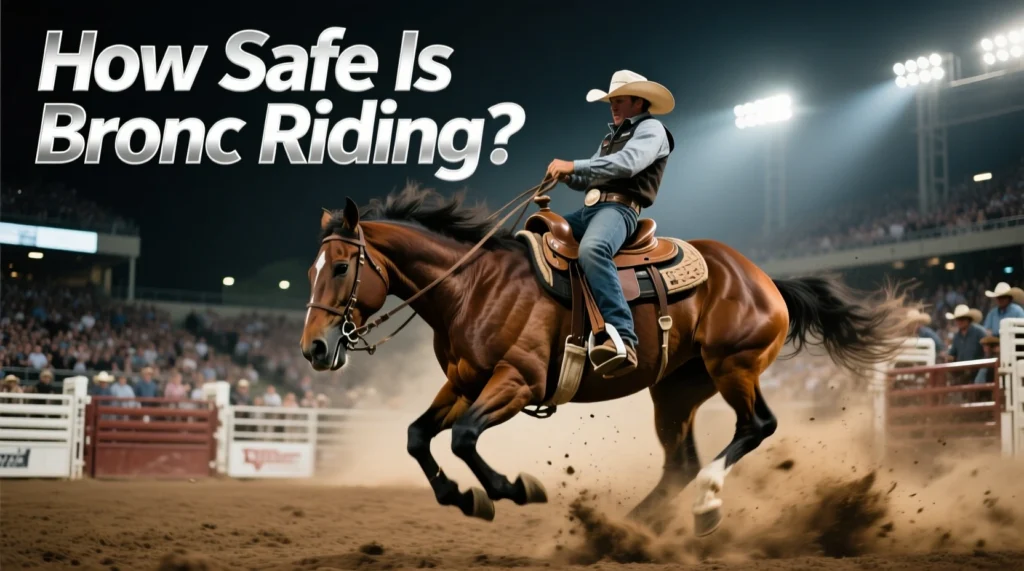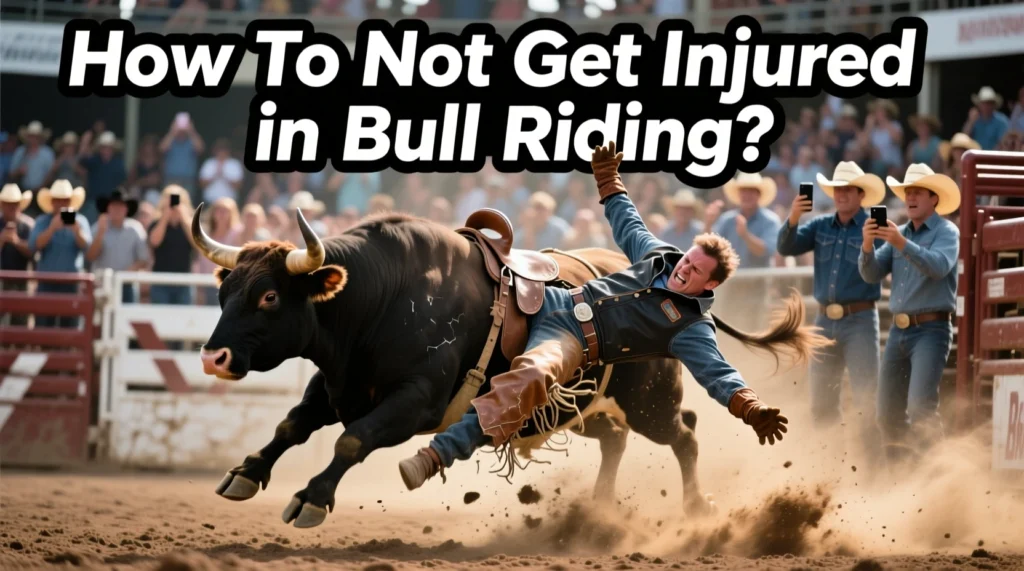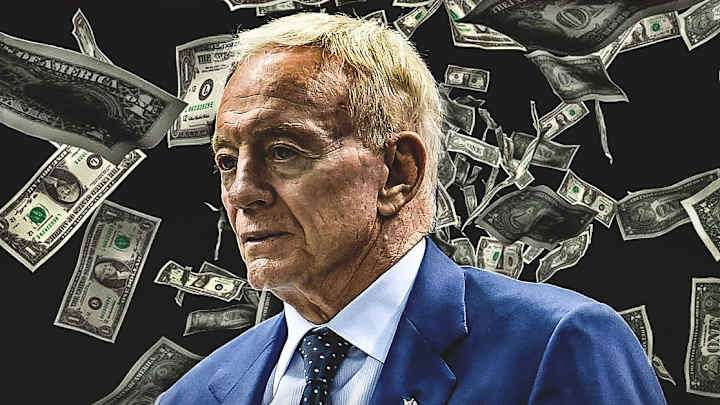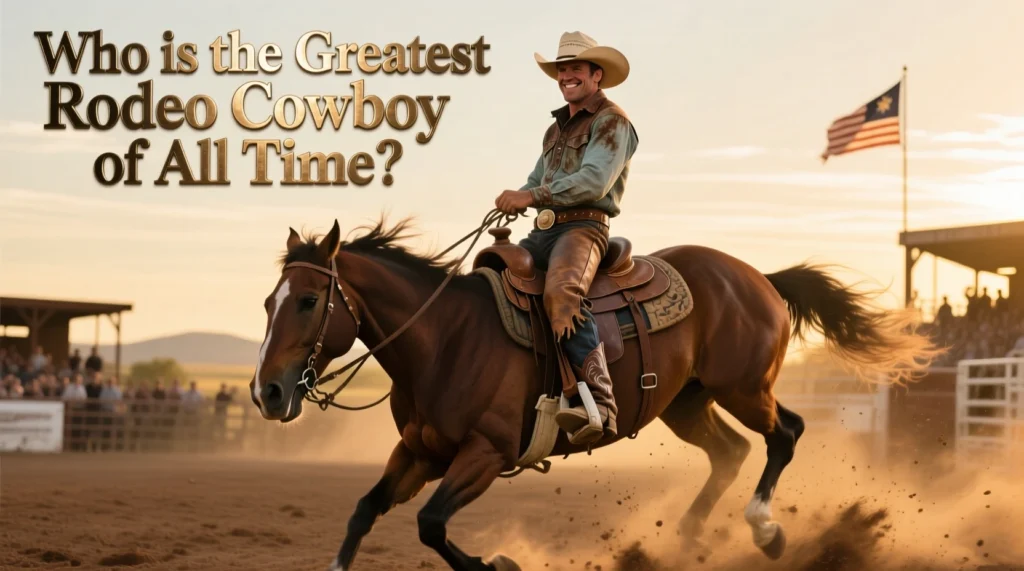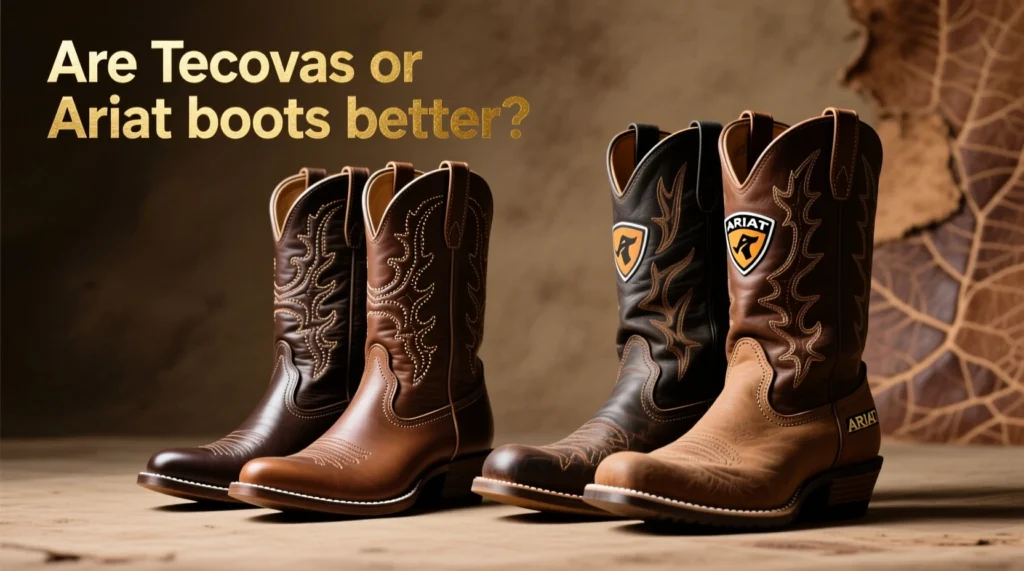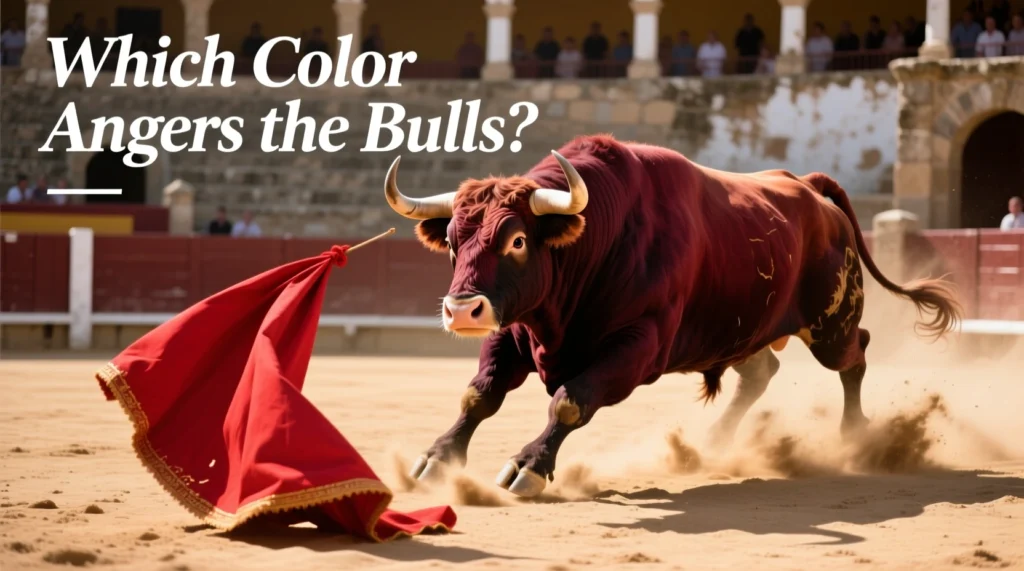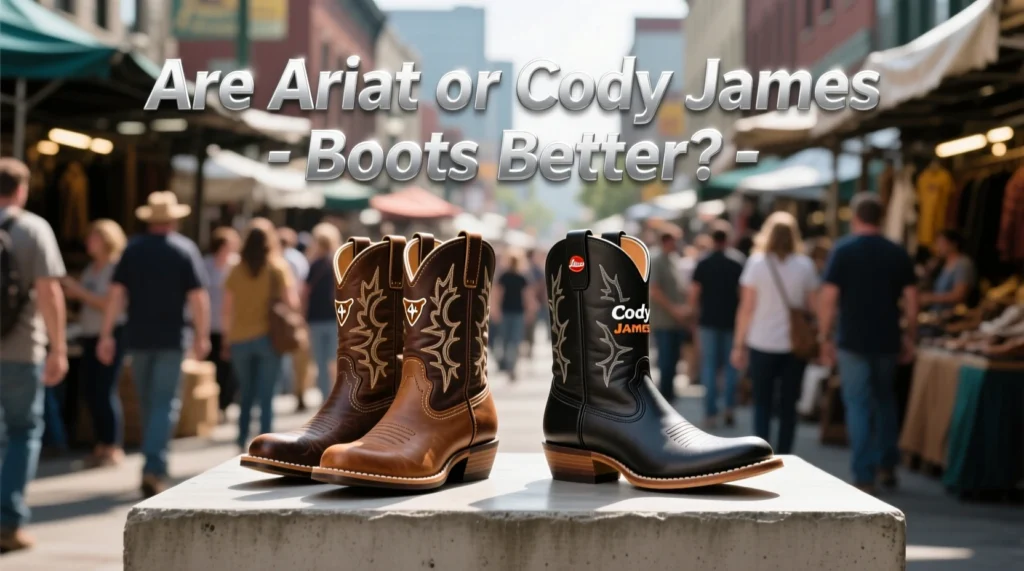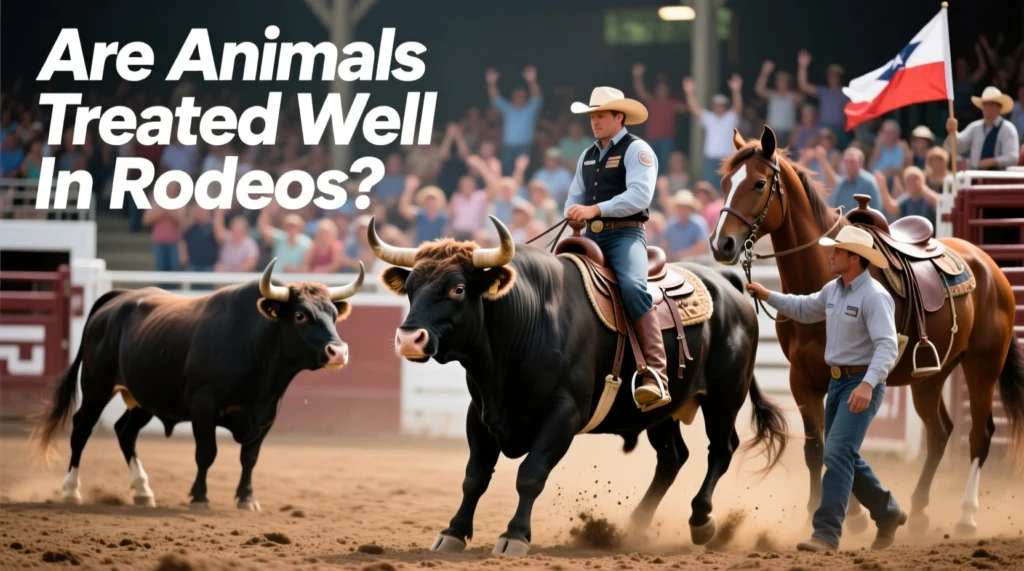Discover the complete timeline of When Did They Start Wearing Helmets for Bull Riding? A Complete Timeline of Bull Riding Safety Evolution first started wearing helmets, from the tragic events that sparked the change to modern mandatory requirements. Learn about the safety revolution that transformed professional bull riding in the United States.
Table of Contents
The Turning Point: Lane Frost’s Tragic Death
The history of the bull riding helmet starts with a tragic event that shook the rodeo community. On July 30, 1989, champion bull rider Lane Frost died after being gored by a bull named “Talkin’ About Business” during a competition at Cheyenne Frontier Days. Frost, just 25 years old, was wearing only a traditional cowboy hat when the accident occurred. His death became a watershed moment that changed bull riding safety protocols forever.
Protective Vests Come First For When Did They Start Wearing Helmets for Bull Riding?
Before helmets gained acceptance, the safety vest emerged as the first major safety innovation. Cody Lambert, one of Frost’s close friends and traveling companions, developed the first bull riding safety vest in 1993. Lambert modified a jockey vest to create equipment specifically designed for bull riders, and debuted it at the Salinas, California Rodeo in the summer of 1993.

Initially, Lambert was the only rider to use this protective gear. However, by the spring of 1994, other competitors began to adopt the vest, and by the fall of 1994, the majority of riders were using them. The Professional Bull Riders (PBR) made safety vests mandatory for all competitors by 1996.
First Helmets Appear
Bull riding helmets began to appear in the early 1990s, but adoption was extremely limited. Initially, a small number of riders experimented with protective face masks under their cowboy hats or modified hockey and lacrosse helmets.
Key Timeline:
- Early 1990s: First experimental helmet use begins.
- 2003: Some professional riders, including Willie Peterson, begin wearing helmets during competition.
- 2009: First year where most competitors on the PBR’s television premiere series rode wearing helmets instead of cowboy hats.
The Modern Helmet Era (2010s-Present)
A major turning point came in 2013 when the Professional Bull Riders organization introduced a landmark rule: starting that season, all riders born on or after October 15, 1994, were mandated to wear protective helmets.
This mandate created a generation divide:
- Helmet Rule (2013): Mandatory for riders born on or after October 15, 1994.
- Older riders: Riders had the option to choose between protective helmets, face masks, or traditional cowboy hats.
Helmet Technology Evolution
The early 2010s marked a turning point when manufacturers began producing helmets specifically for bull riding. Before that, riders had adapted helmets from other sports like hockey and lacrosse. Companies like Bull Tough introduced specialized helmets that were specifically designed for the unique demands of bull riding.
Statistical Impact and Effectiveness
Research has demonstrated the safety benefits of helmets in bull riding:
- Bull Tough Helmet Study: Head injury incidence dropped from 1.54% per rider without a helmet to 0.80% per rider with a helmet
- 50% reduction: A study found that riders wearing certain types of helmets suffered nearly 50% fewer head and facial injuries.
- Current preference: More than 50% of PBR riders now voluntarily choose to wear helmets, even those not required to do so.
Injury Statistics: Before and After Helmet Introduction
| Period | Head Injury Rate | Key Safety Features | Notable Changes |
|---|---|---|---|
| 1980s-1990s | Higher fatality rates | Cowboy hats only | Lane Frost death (1989) |
| 1993-2012 | Declining serious injuries | Protective vests mandatory (1996) | Vest adoption widespread |
| 2013-Present | Further reduction in head trauma | Helmets mandatory for younger riders | 50%+ voluntary helmet adoption |
Regional and International Adoption
Youth Requirements
For competitors under the age of 18, helmet requirements are more stringent. Many organizations, including the National Intercollegiate Rodeo Association (NIRA), require full protective gear, including a helmet with a face mask, for all bull riding participants under the age of 18.
International Standards
- Australia: PBR Australia follows similar guidelines, requiring helmets for competitors born after October 15, 1994.
- Professional Organizations: Major bull riding organizations around the world have adopted similar safety protocols, following the PBR’s lead.
Expert Opinions and Industry Perspectives
Dr. Tandy Freeman noted in 2015 that the effectiveness of helmets depends on proper implementation and rider education. Dr. Marnie Wiesner, of the University of Alberta’s Department of Sports Medicine, emphasized that “wearing a helmet versus wearing a cowboy hat is a big step forward, but it’s not actually going to prevent concussions.”
Industry response: Many experienced riders initially resisted adopting helmets due to traditional cowboy culture and concerns about balance and visibility. However, younger riders who started out with helmets continue to wear them throughout their careers.
The Solution: A Comprehensive Safety Approach
Modern bull riding safety represents a multi-layered approach:
- Protective vests: Mandatory since 1996.
- Helmets: Required for riders born after 1994, largely adopted voluntarily
- Medical protocols: Guidelines for crowd testing and return to competition
- Equipment standards: Specific bull riding gear that replaces equipment adapted for other sports
Evolution of Helmet
The use of helmets in bull riding has evolved over three decades, driven by tragic losses and a growing commitment to rider safety. Since the death of Lane Frost in 1989 to the PBR’s 2013 helmet mandate, the sport has undergone dramatic safety changes. While traditional cowboy culture initially resisted these changes, statistical evidence of reduced injury has gradually changed attitudes. Today’s bull riders benefit from special protective equipment that significantly reduces the risk of catastrophic head injuries while maintaining the authentic character of the sport.
The timeline shows that meaningful safety changes in extreme sports often require both tragedy and time-but when implemented properly, they can save lives while maintaining the competitive spirit that makes bull riding America’s most dangerous sport.
